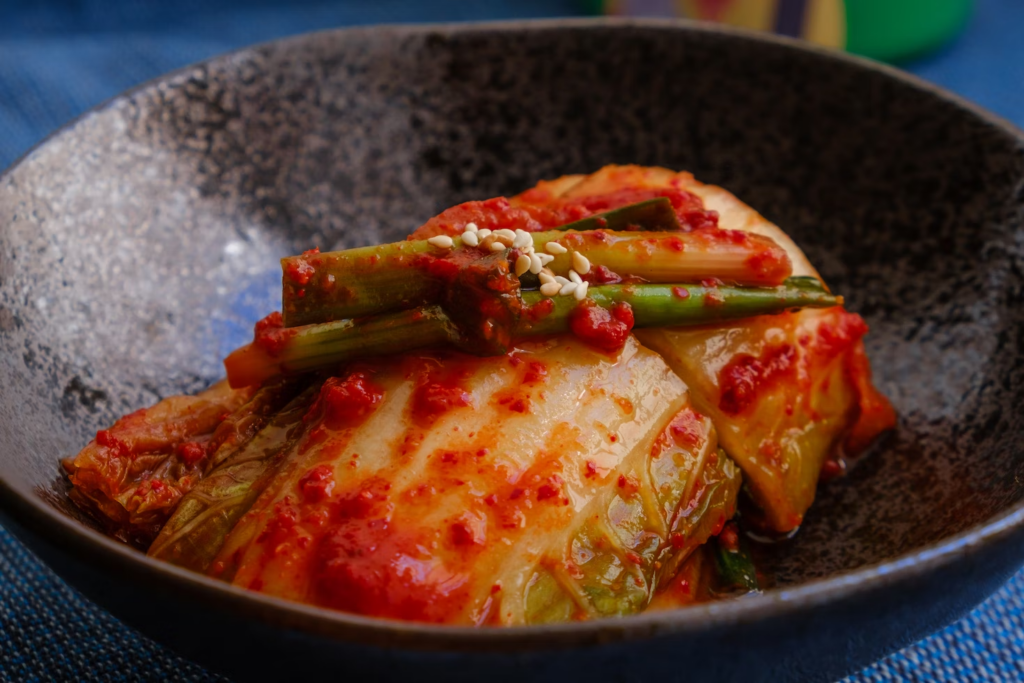Spicy food is a controversial food that people either love or try not to eat because of its specific taste. Historically and climatically, people cannot imagine food without spices and pepper in some countries. However, there are countries where the main cuisine consists of spicy, rich dishes. The food here is usually spicy and savory, with a bright and rich taste.
The Republic of Korea
Korea rightfully owns the palm among the spiciest cuisines in the world. Korean dishes are so generously flavored with hot peppers that they have a characteristic red-orange color.
It is worth noting that this country’s cuisine was not always like this – the Koreans recognized red pepper only in the 18th century when the Portuguese brought it to this region from South America. Then, the classic Korean cuisine that we know today was formed. One of the most popular dishes on the tables of Koreans is kimchi – a spicy salad made from Chinese cabbage. Families gather every year and traditionally prepare a snack that is served at every table. For real and tasty kimchi, not just cabbage and spices are used, each family has its recipe with the addition of special ingredients, but as a result, kimchi is always obtained by every Korean (for tourists, this can be a real test). Residents consider kimchi a symbol of their culture – a museum of this dish has been opened in Seoul, and poems and songs are dedicated to it.
Mexico
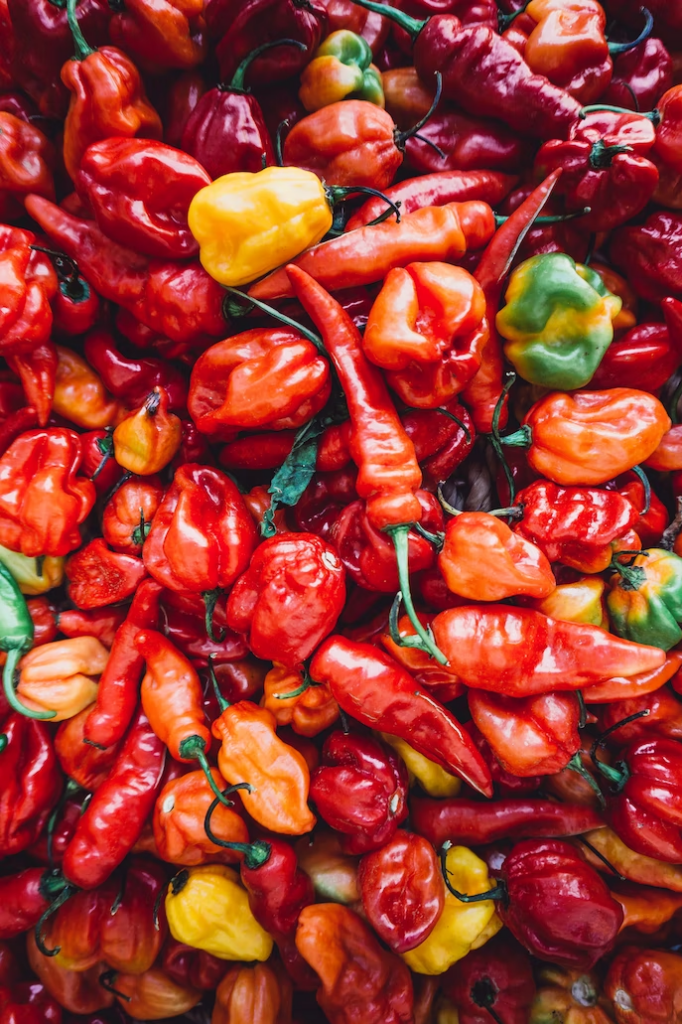
This country is known for its delicious but very spicy sauces. They say that only a prepared person with a strong stomach can withstand such sauces. Famous Tabasco alone is worth something. Not inferior to him in strength and salsa.
The Mexicans themselves love everything spicy and add pepper, as well as spices and herbs like it, to almost all dishes.
Accordingly, this country’s cuisine is bright, spicy, and richly seasoned with spices, herbs, and unique sauces of various shades of taste, color, and smell.
India
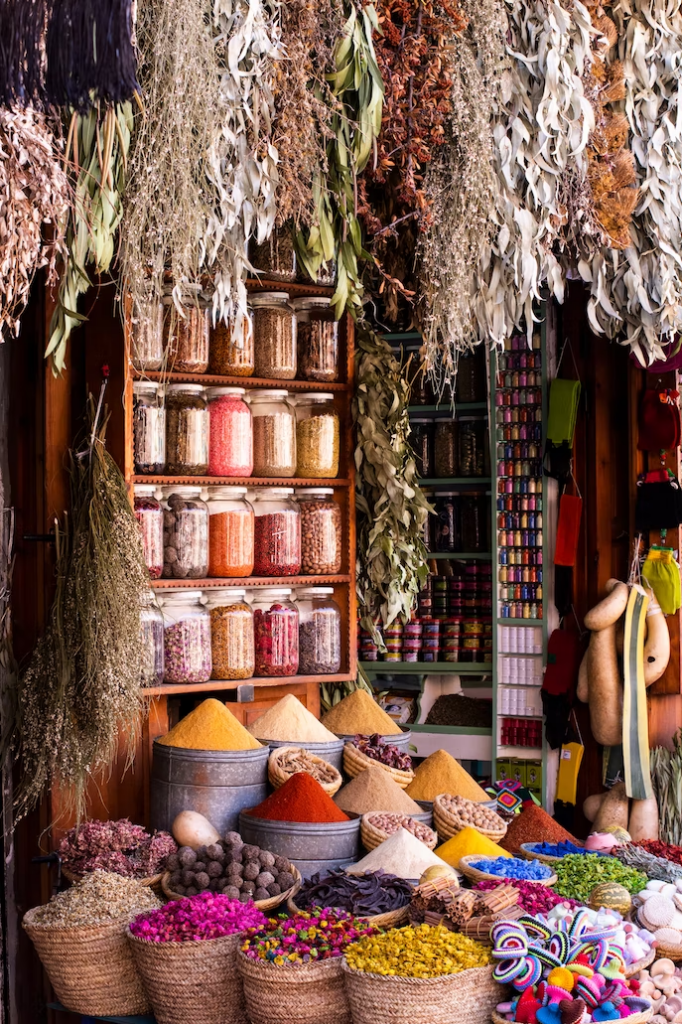
This country is famous for its variety of spices. But the spiciness of Indian cuisine is due not so much to people’s taste preferences as to security measures. The fact is that a hot climate with high humidity contributes to the rapid decomposition of products, which provokes the occurrence of various infections. Therefore, the use of pepper and garlic is a protection and prevention from infection. Besides, many spices are grown in this country and are cheap. To give the dish a unique taste and aroma, Indians sometimes use up to a dozen different spices, a mixture called masala.
Indian cuisine is very different in different parts of the country, and the meaning of spices was originally not so much flavoring as healing.
Thailand
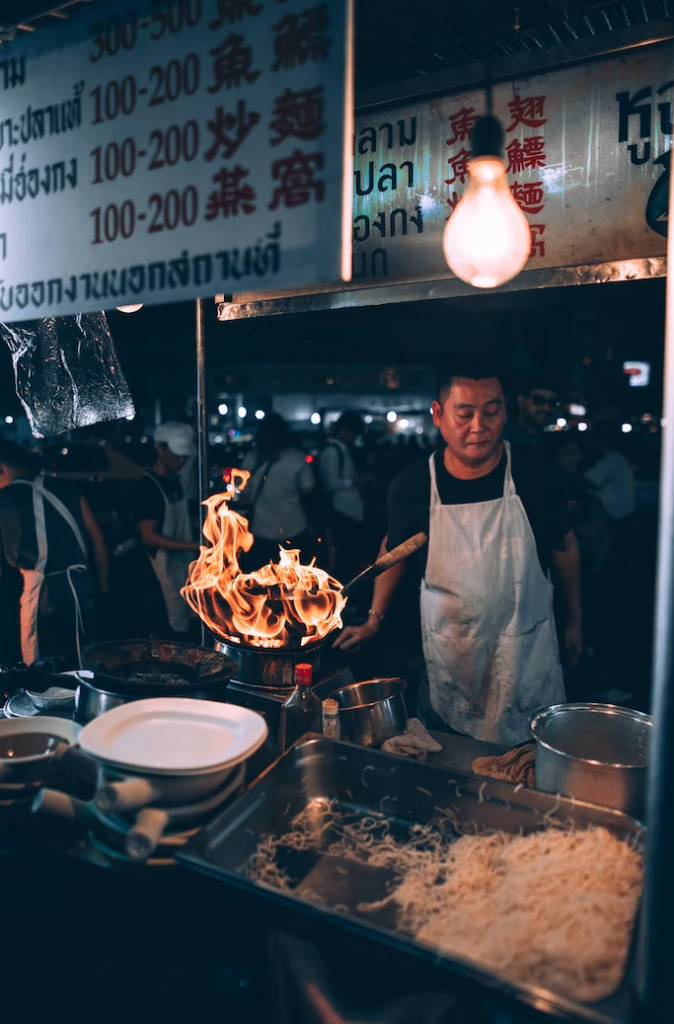
Thai cuisine is one of the richest taste sensations, which has won love in all corners of the globe. Its basis is a skillfully chosen combination of sour – lemongrass, sweet – coconut milk, salty – nam pla fish sauce, bitter – fresh herbs – and hot – chili peppers.
In Thailand, the cult of food is very developed, and the number of spices needed to prepare an ordinary lunch can reach up to 40. In many cafes, there are already sets with soy sauce, seasonings, and various types of pepper on the tables, which allows you to change the taste of the dish yourself. In the event of an unsuccessful experiment, the best way to kill the spiciness of a dish is to eat it with plain rice.
Caucasus
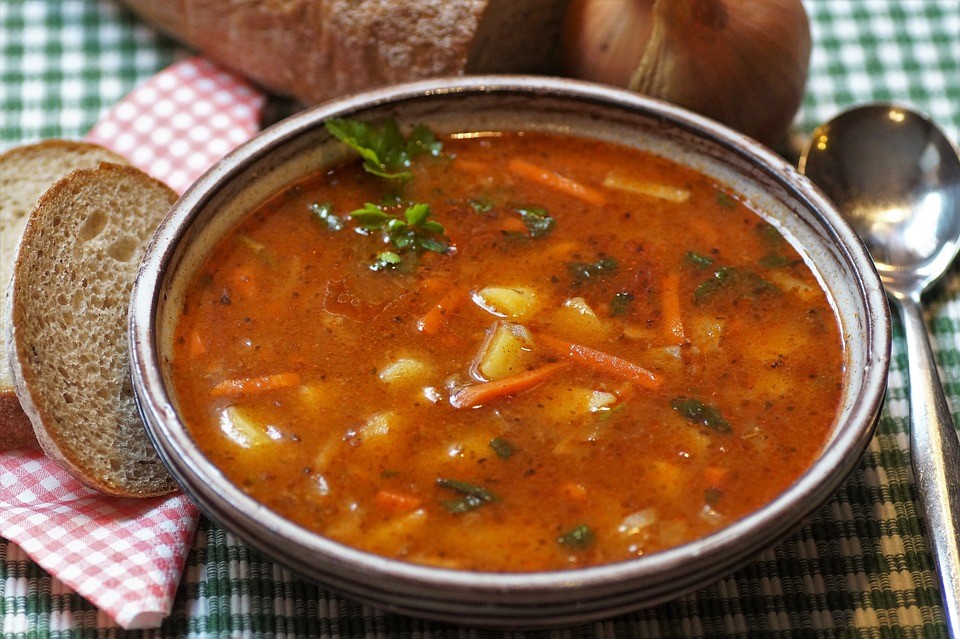
An abundance of greens, meat, and various hot spices traditionally characterize the cuisine of the Caucasus. Each family has its secret of the proportions and technology of its preparation. The most important component of Caucasian cuisine is undoubtedly adjika, based on red capsicum.
It is believed that the secret of the highlanders’ longevity lies in this fragrant and burning snack. It is also impossible to confuse the spicy and spicy kharcho soup with anything.
Sri Lanka
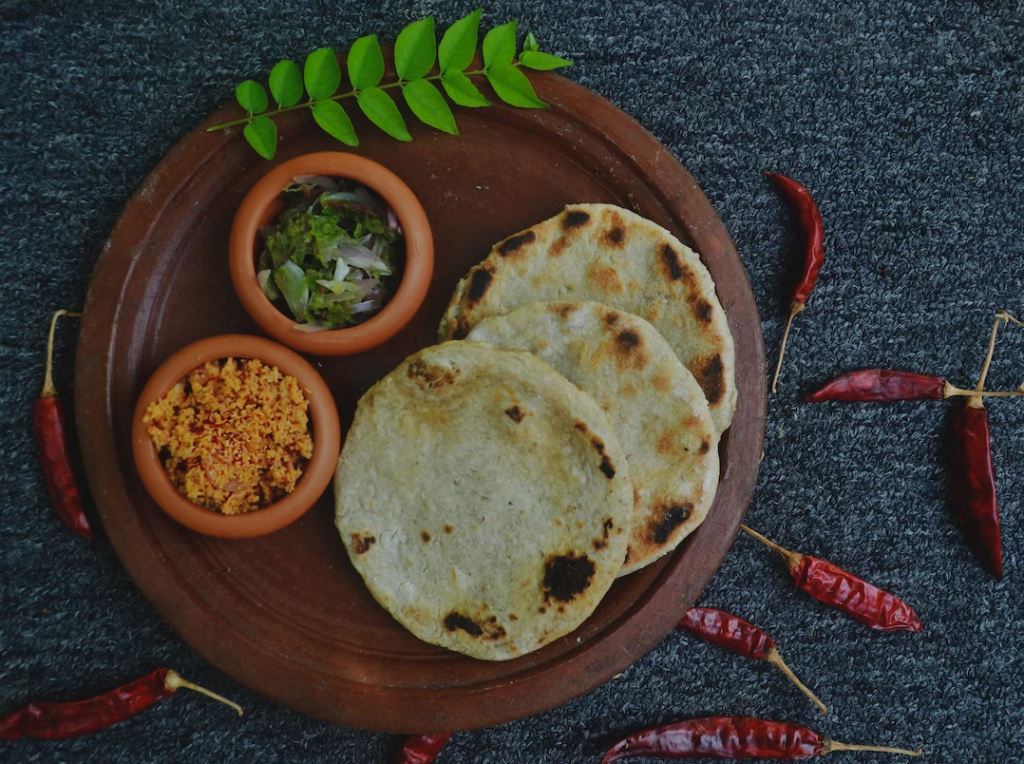
Sri Lankan cuisine is quite spicy and spicy, and although many consider it part of Indian cuisine, it still has significant differences. So, if in India, vegetables, as a rule, are stewed for a long time, bringing them to a creamy state, then the Sri Lankans try to heat the products as little as possible to preserve all the nutrients and flavor.
In addition, the national cuisine is based on the principles of Ayurveda and is more focused on vegetarians. As in Southeast Asia, the base dish here is rice, which is complemented by numerous curry sauces. You should not expect classical hotness from Sri Lankan cuisine, as in Thailand or India. Still, a mixture of spice and pungency, an explosion of taste, and exquisite aromas on a plate will be.
China

Chinese cuisine is very different in different provinces, but it is generally refined and savory. Of all the regions, Sichuan cuisine is the spiciest and flavored with spices. Some residents of the southern provinces consider non-spicy dishes tasteless and poorly prepared. The climate here is very humid, so the local population actively uses red chili, garlic, and ginger to protect themselves from dampness.
Local chefs combine everything so skillfully that after visiting China and tasting local spices, you can completely change your taste and fall in love with spicy food.
